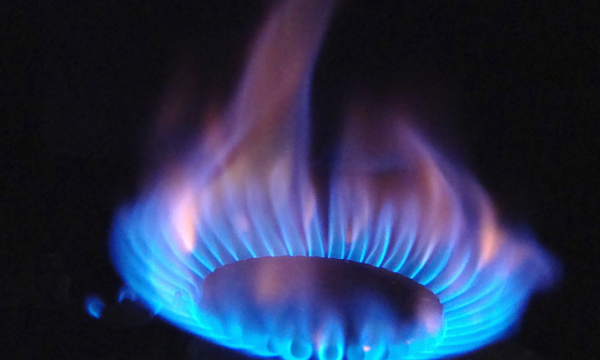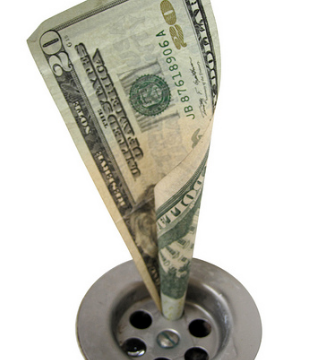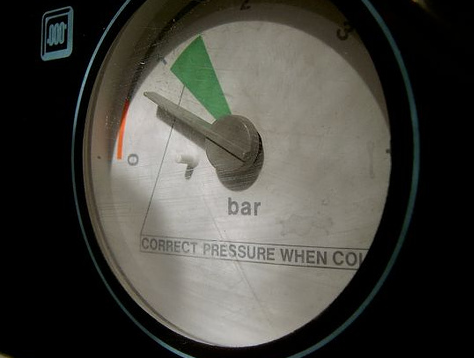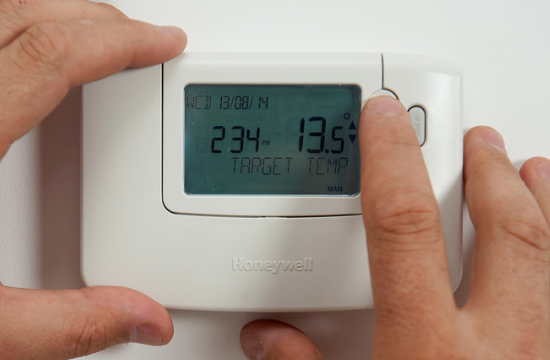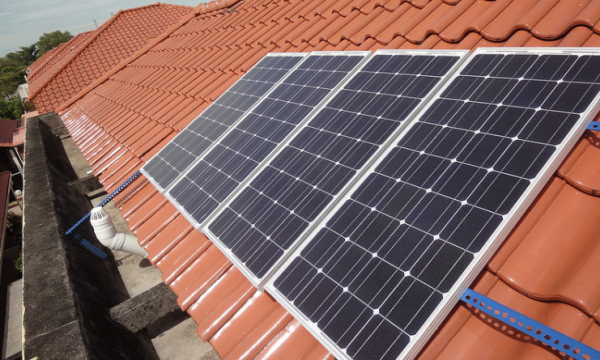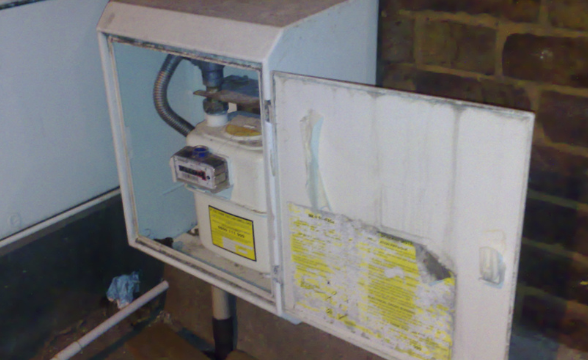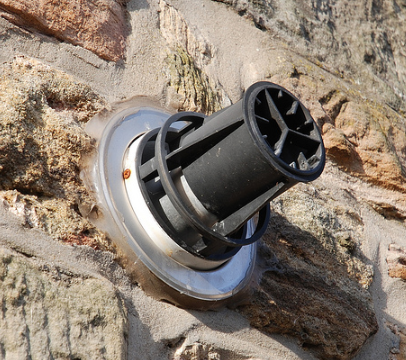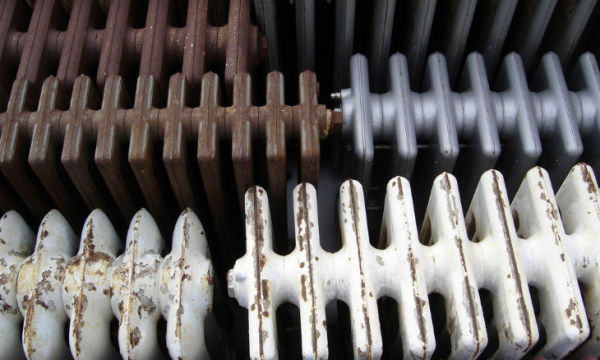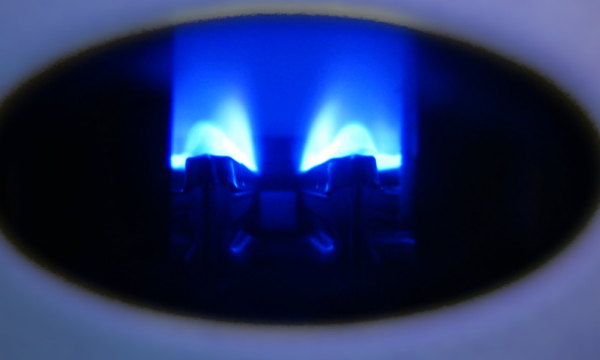If a central heating system or boiler is like the heart in a body, then the radiators are equivalent to the blood – they both rely on each to work normally and function properly. The key to any boiler and central heating system is pressure. It is this pressure which can ‘pump’ the water around the house, ultimately making the system and radiators work normally.
The above is all fine if things are working typically, but the problem comes when excess air gets stuck in the radiators.
What causes it and how will I know?
Lots of air in radiators can be caused by several things but it usually consists of:
* Air getting into the central heating system from an external pipe
* The system becoming ‘clogged up’ in which case the remedy would be to flush it out.
* An ‘air lock’ (build-up of air) becoming established in the system if you have had your boiler drained.
* The presence of fresh water brings a certain amount of air in with it.
* The central heating pump by its very nature stirs the movement of air and pressure.
Of course, we all know you can’t physically see air, but spotting if you do have air in your radiators is normally quite simple as it usually manifests itself in the following:
* Radiators not getting warm when central heating is on. This usually presents itself with the top of the radiator being cold whilst the bottom is warmer. Air tends to rise over water which causes this to happen.
* ‘Noisy’ radiators – essentially lots of pressure trying to move, thus making an annoying sound.
If you do experience this problem, then fortunately it is relatively simple to solve. The usual steps for doing this are as follows:
1) Ensure the central heating system has been on and the radiators which do work are at the normal temperature.
2) Switch off the boiler system to stop it pumping further air.
3) Ensure you locate your radiator key – this will fit into the valve nicely at the edge of the radiator.
4) Place a small cloth / rag under the valve area to catch any water.
5) Insert and slowly turn the key – you will hear hissing of air escaping.
6) Once all the excess air has been released, water will then start to flow out. This can happen very quickly, so it is an idea to only open the valve slightly in the first place. This water may be warm so do take care. At this point tighten and close the valve again, but do not overtighten it.
7) You should not start to feel the top of the radiators getting warm indicating the job was successful.
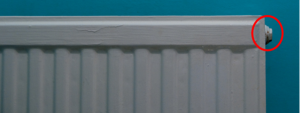
Above: A typical radiator air bleed valve.
From: https://www.flickr.com/photos/dagoaty/4277539732/
Note: By bleeding the radiators you are taking air out of the whole system. This in turn will cause the pressure to drop on your boiler. Boilers do not function properly with too much air but also too little air as well! Ensure you add water back into the system, which brings air with it and in turn will cause pressure to rise back to normal operating levels.
This might sound strange or even a waste of time. You are simply letting air out to put it back in somewhere else aren’t you? The point about bleeding radiators is the air is in the wrong place and this is why it needs to be released.
This is a simple procedure, which most people do not struggle with. However, if your problems are more complicated than this, or if this does not solve the problem then seek someone qualified to assist you.
To find out more on boilers and central heating generally, visit the highlighted page.
